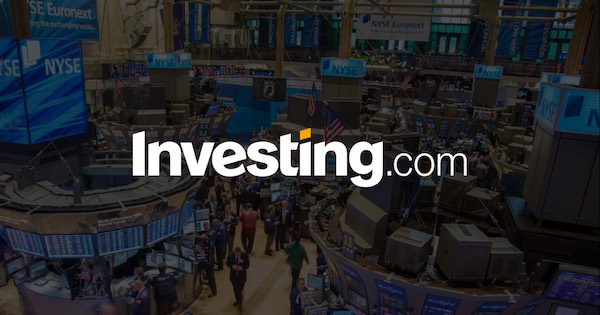- JPMorgan expects EUR/USD to test parity, down from the prior 1.05 target
- Citibank is eyeing a move to parity within six months
- ING’s head of research sees euro-dollar parity as possible
- Rabobank, Nomura, and RBC are eyeing a euro decline to 1.02 by the end of the year
Both the US dollar and stocks are lower as good news about the economy is once again bad news since it will keep policymakers on the fence about delivering more tightening. Treasury yields are rising after a couple of strong economic releases about consumer spending and increased manufacturing output. It seems the US economy isn’t ready to head into a recession just yet.
The greenback was initially higher after both a cool Canadian inflation report put BOC rate hike expectations on ice and as falling UK pay growth will allow the BOE to hold off on raising rates. It seems today was all about an incremental move higher for Fed rate hike expectations, while all the other advanced economies posted softening data that could suggest they are done tightening.
It seems that Wall Street is still bearish on the Euro. Today’s rebound in the euro might be short-lived, but that could extend as bearish bets were overcrowded.
h2 Earnings/h2
It looks like JPMorgan, Citigroup (NYSE:C), and Wells Fargo had a clean baton pass to Bank of America and Goldman Sachs. The latest round of bank earnings saw both Goldman Sachs and Bank of America deliver better-than-expected earnings and revenue. Other notable earnings saw Johnson & Johnson boost their full-year revenue guidance and Lockheed Martin (NYSE:LMT) still targets sales growth despite uncertainty with the Pentagon’s budget.
The big banks are still mostly upbeat on the US consumer. Citigroup CEO Fraser said, “US Personal Banking also had double-digit revenue growth while a continued deceleration in spending indicates an increasingly cautious consumer.” Goldman CEO Solomon expects “a continued recovery in both capital markets and strategic activity if conditions remain conducive.”
h2 US Data/h2
The US consumer appears to be much stronger than anyone thought on Wall Street. The advance estimate for retail sales in September rose 0.7%, well above the 0.3% consensus estimate and exceeding all economists’ estimates. A strong retail sales number like this has traders wondering if it is possible for this momentum to persist into Q4 and if this will end up being inflationary.
After a round of banking earnings and spending data, the US consumer is still looking healthy. Despite strong sales and production releases, the Fed won’t be raising rates at the November 1st meeting. At this point, it seems they will need to keep suggesting that they might not be done tightening. Fed fund futures showed the odds of a rate hike by the end of the year went up from yesterday’s 36.9% to around 50.3%.
Get The News You Want
Read market moving news with a personalized feed of stocks you care about.
Get The App
Home builder sentiment fell to a 10-month given the recent surge in borrowing costs. This was the third straight decline, which shows builders are hesitant to build up more homes which would provide more relief for shelter prices.
Original Post
Written By:
MarketPulse




